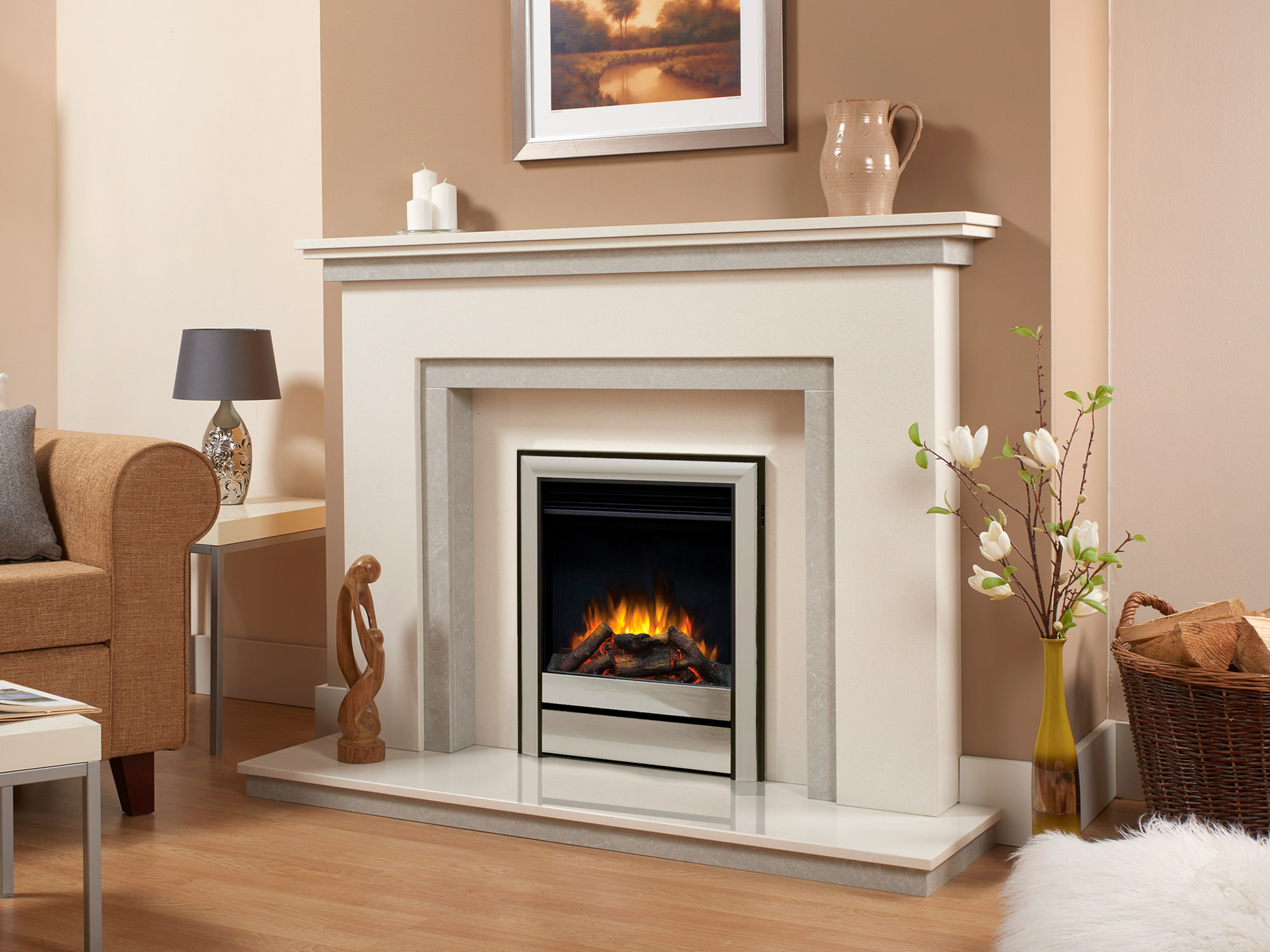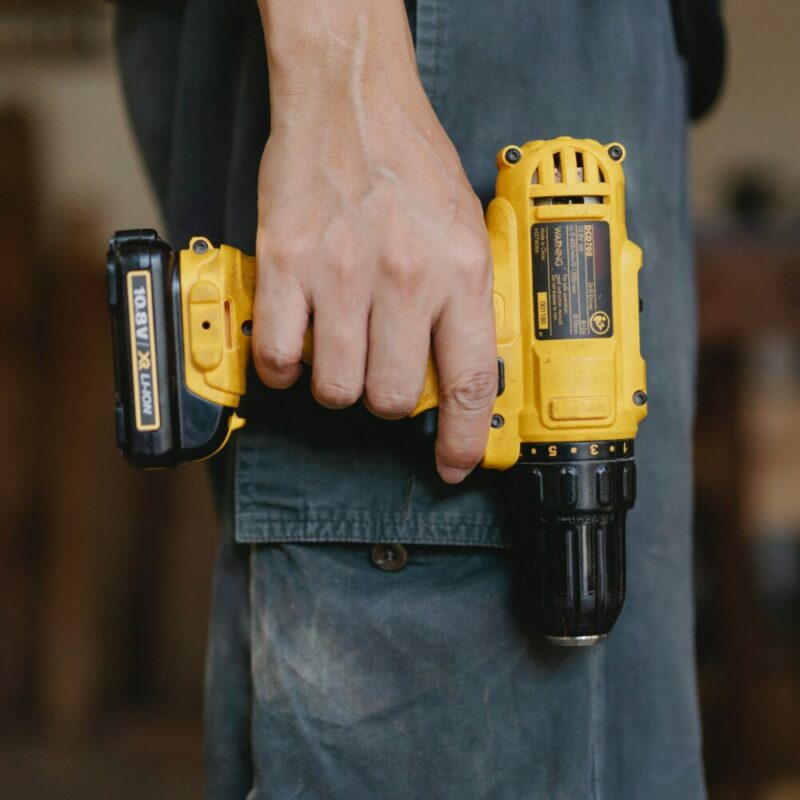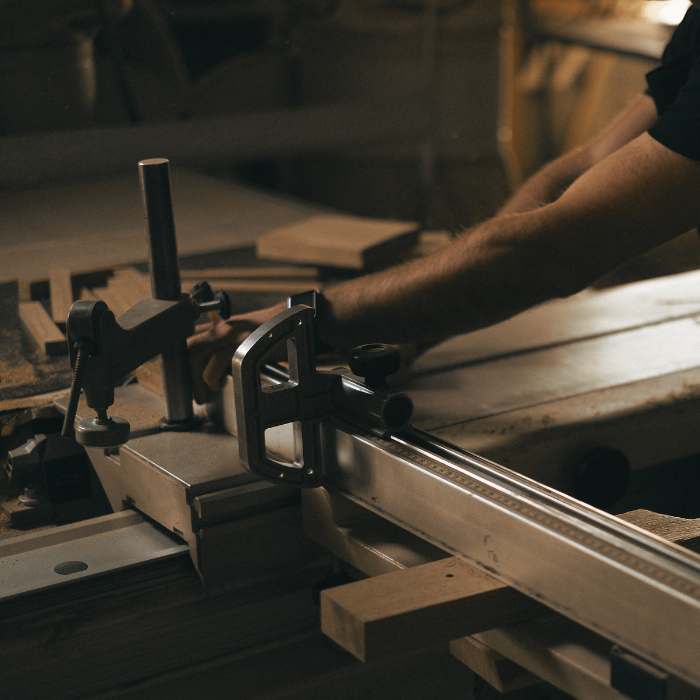All solid fuel whether bio-mass or fossil fuel appliances need a free flow of air, or at least, the oxygen in the air to allow combustion to take place. Oxygen only makes up 20% by volume of the atmosphere so a fire has to draw five times as much air just to supply itself with sufficient oxygen to burn efficiently. A fire or appliance that is not burning efficiently will not produce carbon dioxide and water as its waste products but carbon monoxide with potentially fatal consequences. The free flow air through the appliance is of equal, if not greater importance and evacuates the waste products from the combustion of the fuel through the chimney or flue out into the atmosphere. It is the free movement of air that you feel as the draw of the chimney or flue. Without this necessary flow of air, noxious fumes including the silent killer Carbon Monoxide and smoke can spill back into the room. Thankfully external air vents are relatively cheap and easy to install.
If there is inadequate air entering a house, that is, enough to replace the volume of air being drawn into the appliance, and out through the flue, or chimney the house can depressurise. This can result in a stove or fireplace borrowing or drawing air from another flue or chimney within the home. As the house try’s to re-pressurise itself, it can draw noxious fumes including lethal Carbon Monoxide into the home via another fireplace, central heating boiler, or water heater etc with potentially fatal consequences. For the same reason if an extractor fan is fitted within a property additional ventilation will be required to prevent the room from depressurising and drawing air any other available flue or chimneys within the home.
Ventilation rates are now based on the air permeability of the house and the size of the appliance. Houses built after 2008 should have an Air Permeability Test result which you should have seen at the time of purchase or contact your landlord. Houses built after 2008 are far more airtight than older houses with double glazing, airtight doors and floors. If a house has an air permeability of less than 5m3/m2 then the regulations state that additional ventilation will be needed to provide 550mm2 per kW of the appliance regardless of the stoves total output. For 99% of homes, those built before 2008 stoves with a greater than 5kW rating will require an externally fitted vent in the same room as the appliance. The size of the vent would needs to be a minimum of 550mm2 per kW over and above 5kW. For example a very large stove with a rating of 9kW would need a vent of (4 x 550m2 = 2200mm2) that is (sq root of 2200) a vent with the dimension of 46.9mm by 46.9mm or roughly 4.7 cms square.
As a guideline for open fireplaces a permanent air vent should be provided giving a free area of ventilation of at least 50% of the throat opening of the fireplace.
Vents should never be closed off or blocked and if an anti-pest guard is fitted the mesh size should never be less than 5mm.











